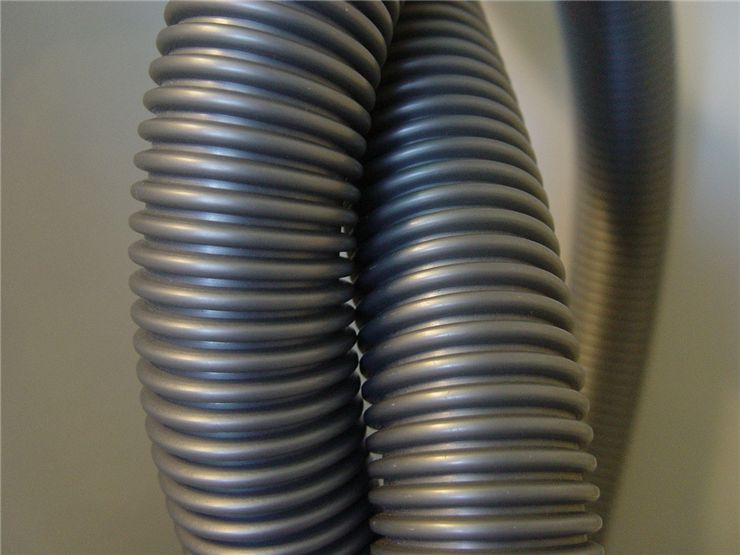How Vacuum Cleaners Work?
There are many different kinds of vacuum cleaners because they are made to fulfill different customer requirements. But they are generally produced similarly. Vacuum cleaners are made to work efficiently, to be easy to operate, don’t make more noise than they need, and make as little as possible dust and allergens when they work. Many manufacturers let subcontractors make individual parts and they only assemble the final product.
Plastic parts of a vacuum cleaner are designed with CAD program (Computer Aided Design). Two-part molds are made of steel according to CAD designed models. These molds are placed in the chamber of an injection-molding machine. Hopper, that is part of the injection-molding machine, holds plastic pellets which are from there poured into a heating vat and there exposed to high temperatures and melted. These plastic pellets can be pre-colored or pigment can be added to them while they are in molten state. Plastic, in its hot and liquid state, is injected into a mold whose shape it takes. Mold opens its two halves and drops the plastic which hardens in contact with air. Plastic part ends up in a bin where it waits assembly. Injection-molding machine gets mold for another part when it finishes planed amount of previous one and process repeats until all the parts are made.
Everything is assembled by workers on assembly-line. First part from where assembly begins is the base, made of metal or molded plastic. Steel beater bar with brushes goes into fitted notches at the front of the base (It is placed in a way that allows for easy replacement when the brushes wear out). A rubber drive belt is connected to the beater bar on one end and to motor pulley on the other. Steel base plate which has small rollers is placed into notches in the front of the base. Another pair of wheels is added to the base. Base also gets an electrical motor and a fan at this phase. Motor is ten connected to the electrical cord. When the lamp is connected to the electrical installation of the cleaner, top of the base that covers motor and lamp is placed. At the back of the base are attached fitting that will hold handle and a hose that leads to the dust bag. Other end of the hose goes into the bag support. Handle gets a top holder of the bag, electric connections and a switch. Dust bag is placed and finished vacuum gets decals with a logo of a company, operating instructions, serial number and such. Finished vacuum cleaner is wrapped in a bag and placed in a box. It is accompanied with plastic attachments and nozzles, and operating manual.
“Pressure difference” is the basic mechanism on which vacuum cleaner works. Motor with a fan lowers the pressure inside the base or a pipe of the cleaner. Outer air has a higher pressure and gets into the base carrying with itself loose dust. Constant work of fan makes constant stream of air which makes constant lower pressure which outer air tries to bring to equilibrium and it constantly blows the dust into the vacuum cleaner. Some vacuums have cloth filters before the fan (and sometimes those filters act as dust-bags) while other have filters after the bag. Some don’t have bags at all but work on the principle of “cyclonic separation”. They use rotational effect and gravity to separate mixtures of air and dust. Other vacuums use water as a filter by making the air pass through water before letting it out.
